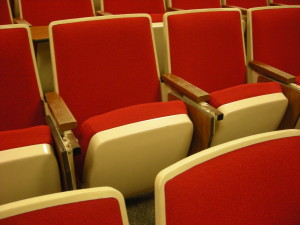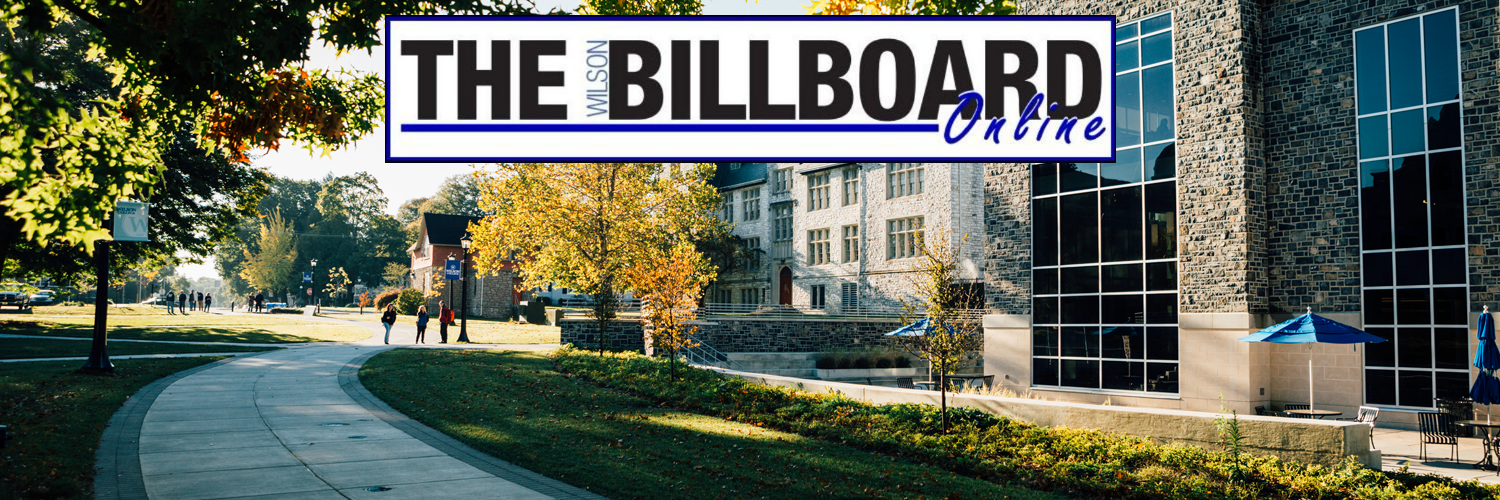Warfield Basement and Allen Auditorium Off-Limits Due to High Mold Spore Levels

Environmental Health and Safety Compliance Manager Chuck Naso recently addressed faculty members about unsafe mold levels in Warfield Hall and the college’s plan to deal with the problem.
Experts on indoor mold from the Baxter Group Inc. found 58,000 spores of mold per cubic foot of airspace in the crawlspace of Warfield Hall. Mold levels above 750 spores of mold per cubic foot of air space are considered unsafe.
President of the Baxter Group and Certified Indoor Environmentalist Jocelyne Melton noted she found mostly common indoor molds in the crawlspace and in Allen Auditorium, including allergens and penicillium mold.
According to the Centers of Disease Control and Prevention, exposure to high levels of common indoor molds like penicillium can cause eye irritation, sneezing, wheezing, and coughing. Some individuals may develop mold infections or upper respiratory infections from high levels of indoor mold.
After realizing mold levels in the basement and auditorium of Warfield exceeded safe upper-level limits, Naso said he immediately shut it down.
All faculty members whose offices are on the ground floor of Warfield Hall were relocationed to ohter spaces on campus for the time being.
Professors cannot use Allen Auditorium, where grey-green mold appears on seat cushions and armrests, for classes either.
To deal with high mold levels in the auditorium and in the crawlspace of Warfield, Naso had a new sump pump installed to take groundwater out of the building. Naso said limiting groundwater in the crawlspace will help to limit moisture that causes mold.
An expert crew also installed a dehumidifier in Warfield. Naso said the dehumidifier has already reduced humidity levels in the crawlspace from 95 to 45 percent.
Naso said plans to install new ductwork in Warfield and new overhead ductwork in the Allen Auditorium. He also mentioned plans to take a small section of audience floor space to create a new wall in Allen Auditorium to address mold levels there.
Richard Shoap, Adjunct Instructor of Theatre, expressed concerns that Naso’s proposed changes to the auditorium would limit its ability to house both theatre movement activities and class lectures.
“My concern is that taking space away from the auditorium takes space away from the one practical place to do both activities at the same time,” said Shoap.
Other faculty members recommended Naso contact them for their input and take space from the projection room instead of the auditorium floor space.
Despite some concerns, Naso and Melton remained convinced that the college is handling the mold problem in a positive and proactive manner.
Wilson is not ignoring the problem. “The college has become very proactive in solving the problem,” Melton said.
Renee Bauch ‘17 agrees with Naso’s course of action, even if it limits current use of the Allen Auditorium.
“It is a good idea to take care of the mold issue because it can make people sick. Besides, there are tons of other rooms to be used,” Bauch said.
Naso stated that Warfield Hall and the Allen Auditorium could reopen for safe use by Jan. 15, 2014. Experts will continually assess mold levels to prevent another mold problem in the building.
For more information about the college’s plan to address this issue, contact Chuck Naso at cnaso@wilson.edu.
